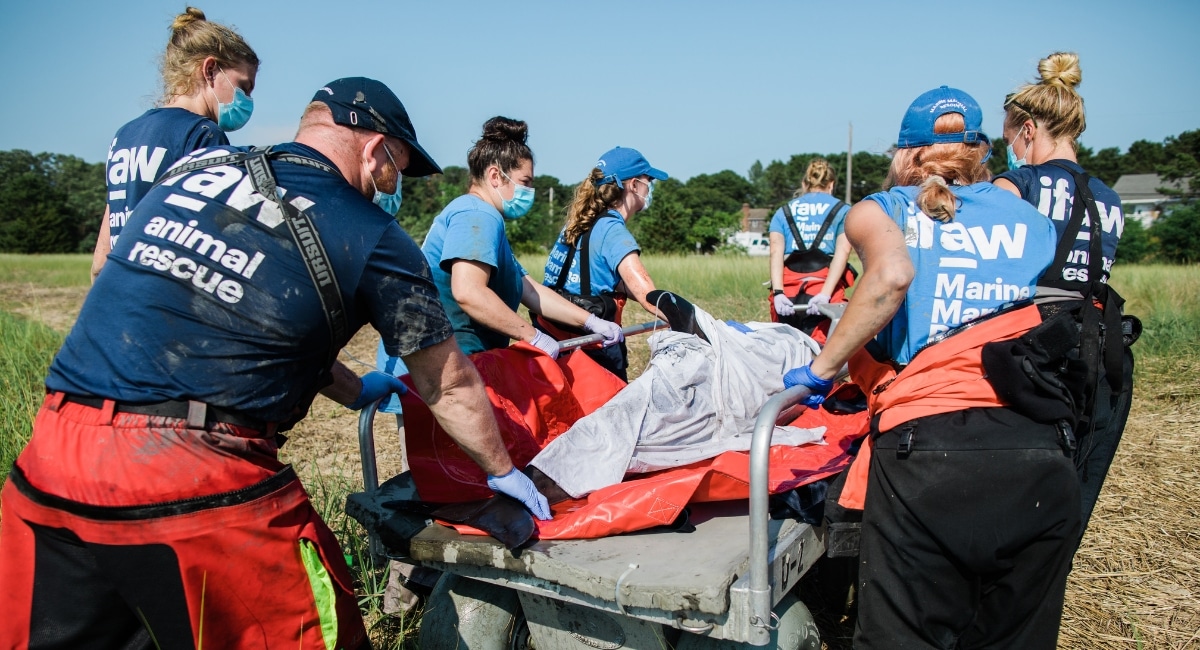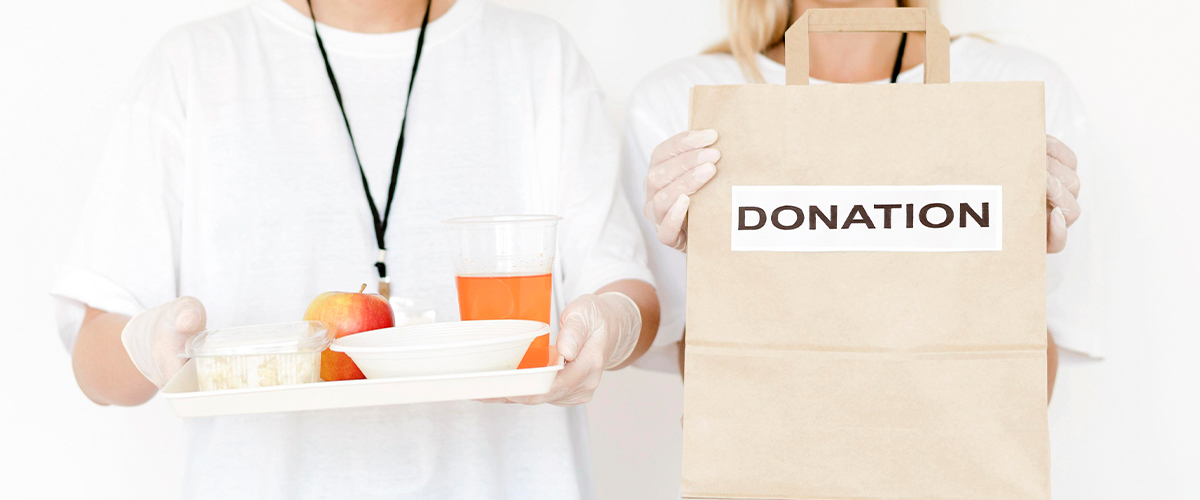
Mental health programs and support services are vital for helping people with mental health issues – but often struggle to get enough funding to stay open. In this post, we’ll look at six ways that mental health organisations can fundraise effectively so they can not only continue their work but expand it too.
From holding online events to teaming up with companies, these new approaches can help get mental health projects off the ground in your community. Let’s explore them together!

By using virtual reality, you can hold fundraisers that are fun and sociable while still bringing in money for mental health programs – all without having people physically attend an event. To set up a virtual fundraiser, choose an online platform such as Eventbrite or Zoom, which allows for interactivity over the Internet.
Think about activities that will engage your guests – perhaps a virtual gala with speakers who have personal experience with mental health issues or an online auction where people can bid on donated items.
Promote your event through social media and email. Consider partnering with other organizations to reach more people.
During your event itself (which people will log onto from home), use live-streaming so participants can interact with one another in real-time – and make appeals asking them to donate money there and then!
Incorporate secure payment options on your website or use platforms such as PayPal or Venmo to collect funds. After the event, send thank-you messages and provide updates on how the money raised is being used to improve mental health support services.

Peer-to-peer fundraising can be an effective way to raise money for mental health programs by tapping into supporters’ networks and enthusiasm. To run this type of campaign, start by finding people willing to set up their own fundraising pages on sites like GoFundMe or Classy. They should be passionate about your cause.
Ask them to explain why the issue matters personally to them when sharing their page with friends, family, and colleagues, as this helps drive donations.
You can provide sample social media posts, email templates and advice on how to reach out effectively if participants want them – most will appreciate the guidance.
Throughout your campaign, keep in touch with fundraisers and offer support as needed. Some may need cheering on when things get tough or fresh ideas if they’ve exhausted all of theirs. Milestone celebrations (such as showing how much you’ve all raised so far) are good for everyone’s morale, too.
And don’t forget to say thank you afterward. It doesn’t matter whether someone raises $5 or $5000 – make sure they know that you couldn’t have done it without them.

Corporate partnerships can be advantageous for both mental health initiatives and businesses. These programs receive financial backing from their partners, while companies demonstrate corporate social responsibility by giving back to society.
To form such a relationship, identify firms whose values and missions align with your own organization’s. Craft a compelling pitch outlining why they should invest funds in mental health projects—such as burnishing their brand or exciting employees about a particular effort.
If you’re seeking money from corporate sponsors, consider one-off contributions, sponsoring specific events or programs, or cause-related marketing campaigns in which they donate a portion of the proceeds from sales of an item or service to your organization.
Make sure you have established communication channels that make it easy for them to reach out – and keep them updated on how donated funds are being used.
Also, let sponsors know how much their support is appreciated, both in general terms and specifically when it comes to promoting awareness about mental health as well as the support services that are available.

Grant writing involves the writing of a sufficiently well-crafted proposal for financial funding from any foundations, government bodies, or any interested organizations in promoting mental health initiatives.
Effectively organize your grant-writing effort by researching potential funders with goals that align with the mission of your group or your project objectives. Tailor each application for funds requested for specific activities or services and explain how this will lead to better mental health.
If writing grants is one of your interests, pay heed to any guidelines that come with the application; some funding sources will want more than just a proposal.
Do make sure you submit everything that is asked for and by the deadlines that are given—and even consider whether there are any supplementary materials or data that might bolster your case.
Lastly, it is also the responsibility of the author to be responsive and in contact with the funding body, answering any questions, thereby increasing the chances of funding for which they applied to support programs for mental well-being needs.

Crowdfunding campaigns are a new way to raise money for mental health programs. Some online platforms used are GoFundMe or Kickstarter. To establish a great campaign, start by making your fundraising goal clear, making sure to identify your target audience and for what project or service the funds will be raised.
Build a story around your campaign that will capture the hearts of potential donors, stressing what a difference their contribution would make to support mental health. Use eye-catching visuals, videos, and personal stories if possible; these draw people in by capturing why your fundraiser is important.
Have a payment structure set up securely on whatever platform you have chosen for the hosting of your crowdfunding campaign. Ask the backers for their help in promoting it even further by spreading the word on social media, email newsletters, and the like. The more eyes that see it, the better chance you will hit your target, or better still, go beyond!
Regularly update the supporters of the cause on the progress and thank them. Building trust and keeping people engaged will serve you well during the later parts of the process.

Proper donor cultivation is the process through which a relationship is built with donors to ensure their constant support for mental health programs. To properly structure your donor cultivation, segment your donors by their giving history and interest.
Customize your communications to each of the segments by sending them updates on what their donations have brought to life, with heartfelt thanks for their help.
Reach out regularly via newsletters, social media posts, a handwritten note or—preferably—all of the above, because you need to keep yourself on their radar screen and they feel connected to your work.
It is also imperative to have some events or even some small presents to let the donors know that they are valued. In order for this plan to be successful, the organization must be able to offer the donors some alternatives that contain exactly how much and in what specific way they would like to give the money.
Ideally this would be to produce a devoted fan-base that is attached personally to the program, such that it will not tire of giving money to the cause in the long run.
This requires an investment in activities and efforts that create and maintain strong relationships with donors, turning them into long-term partners in supporting mental health services.
Support services and mental health programs need to diversify their fundraising methods both to survive financially and to grow.
Charities are becoming more inventive in how they ask for donations, as well as how they raise awareness about their work – think virtual events – and look after people who have given money before.
By putting in lots of effort now, organizations that provide vital support for people’s minds will be able to help even more individuals in the future – which could make a huge difference to society.
And surely that’s something worth investing in… the future of mental health and well-being for all! Let’s do it together!